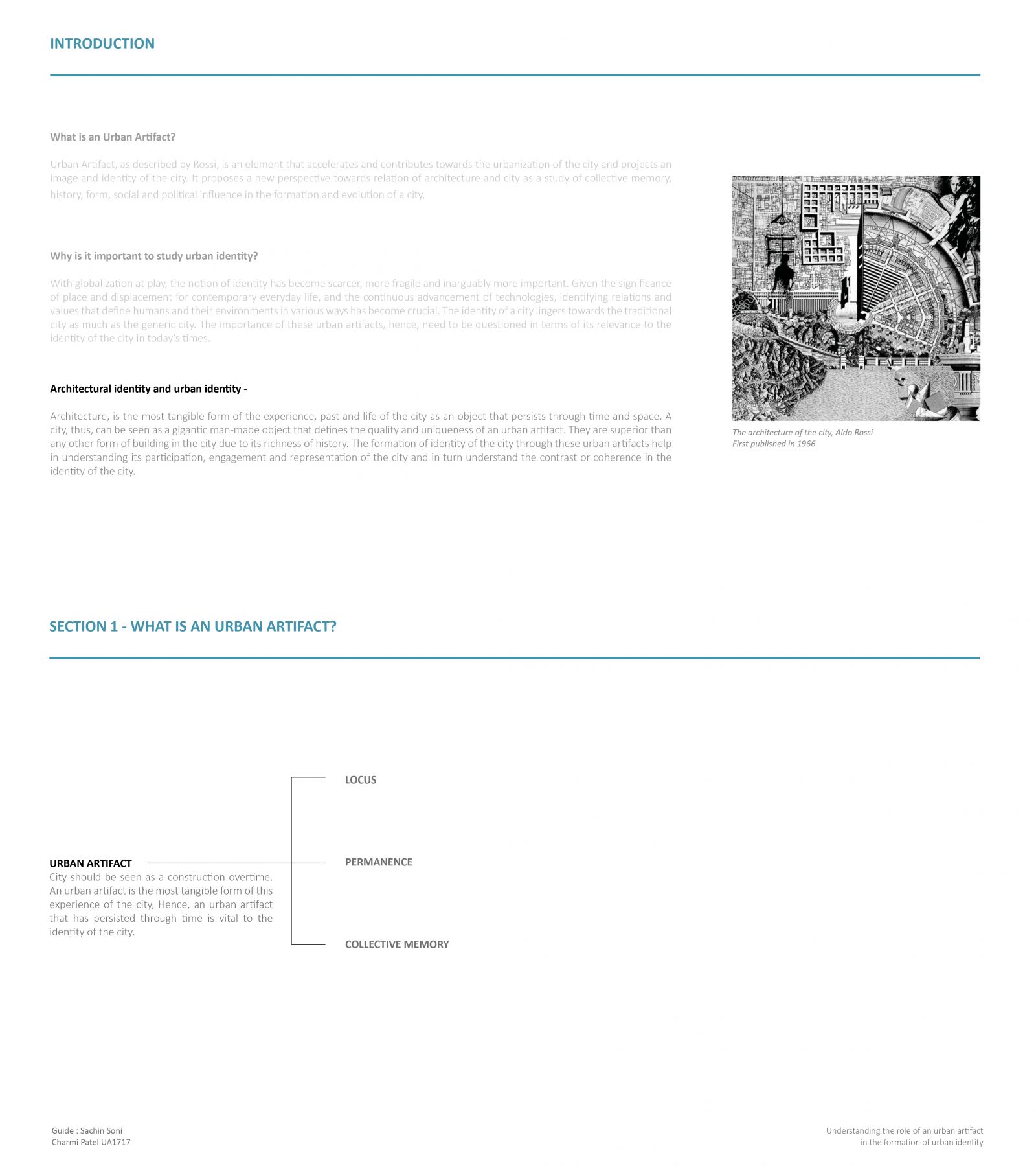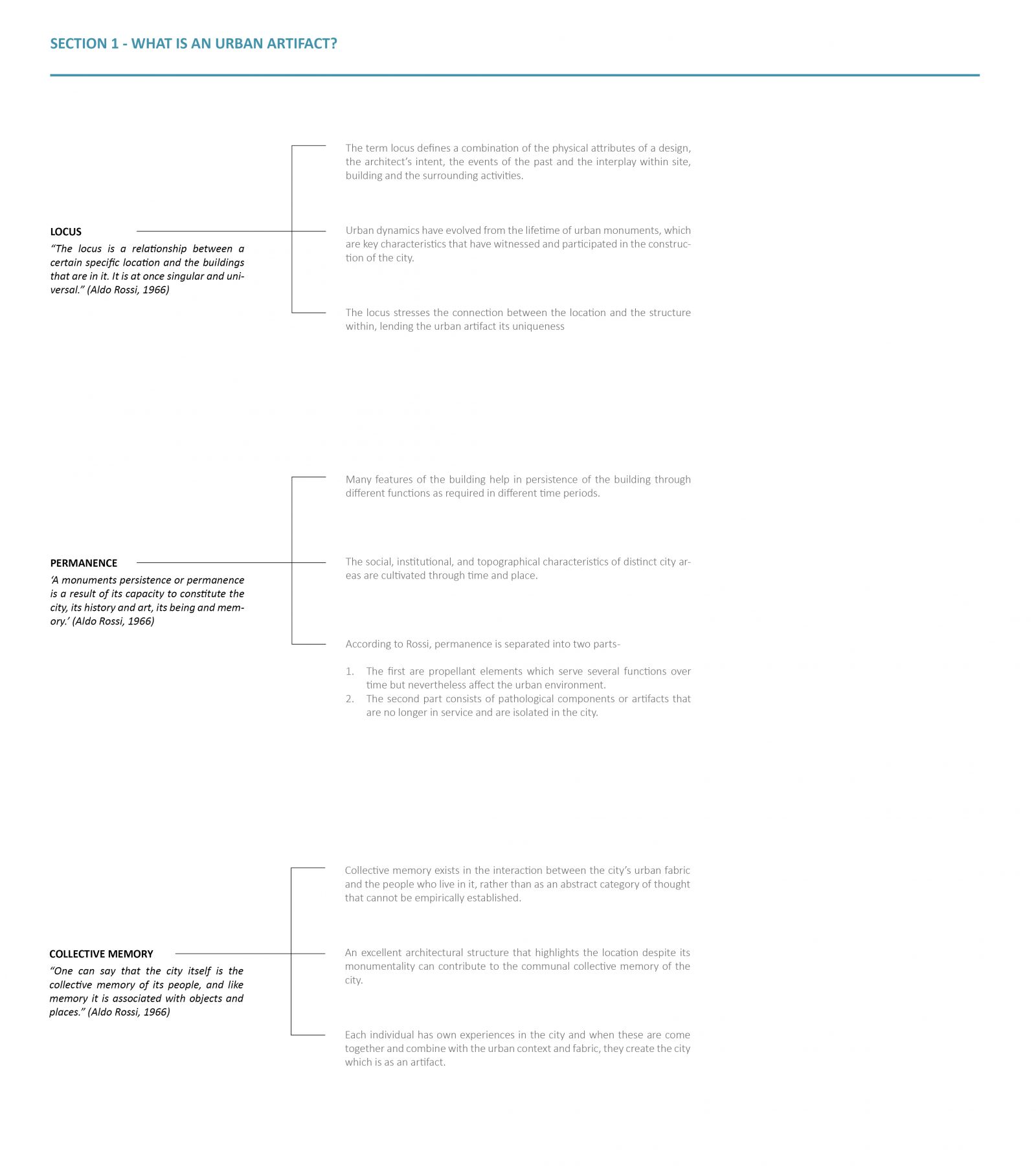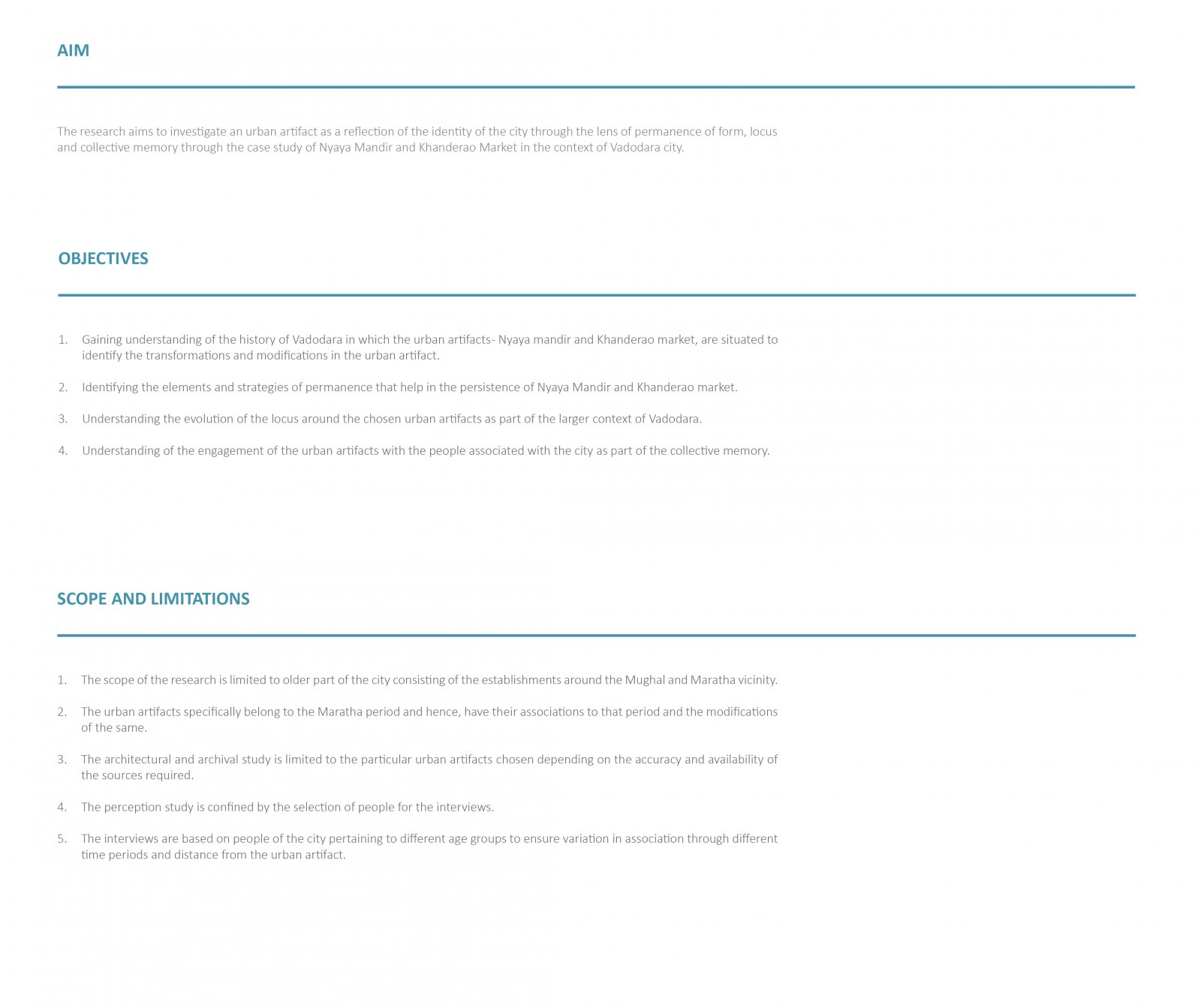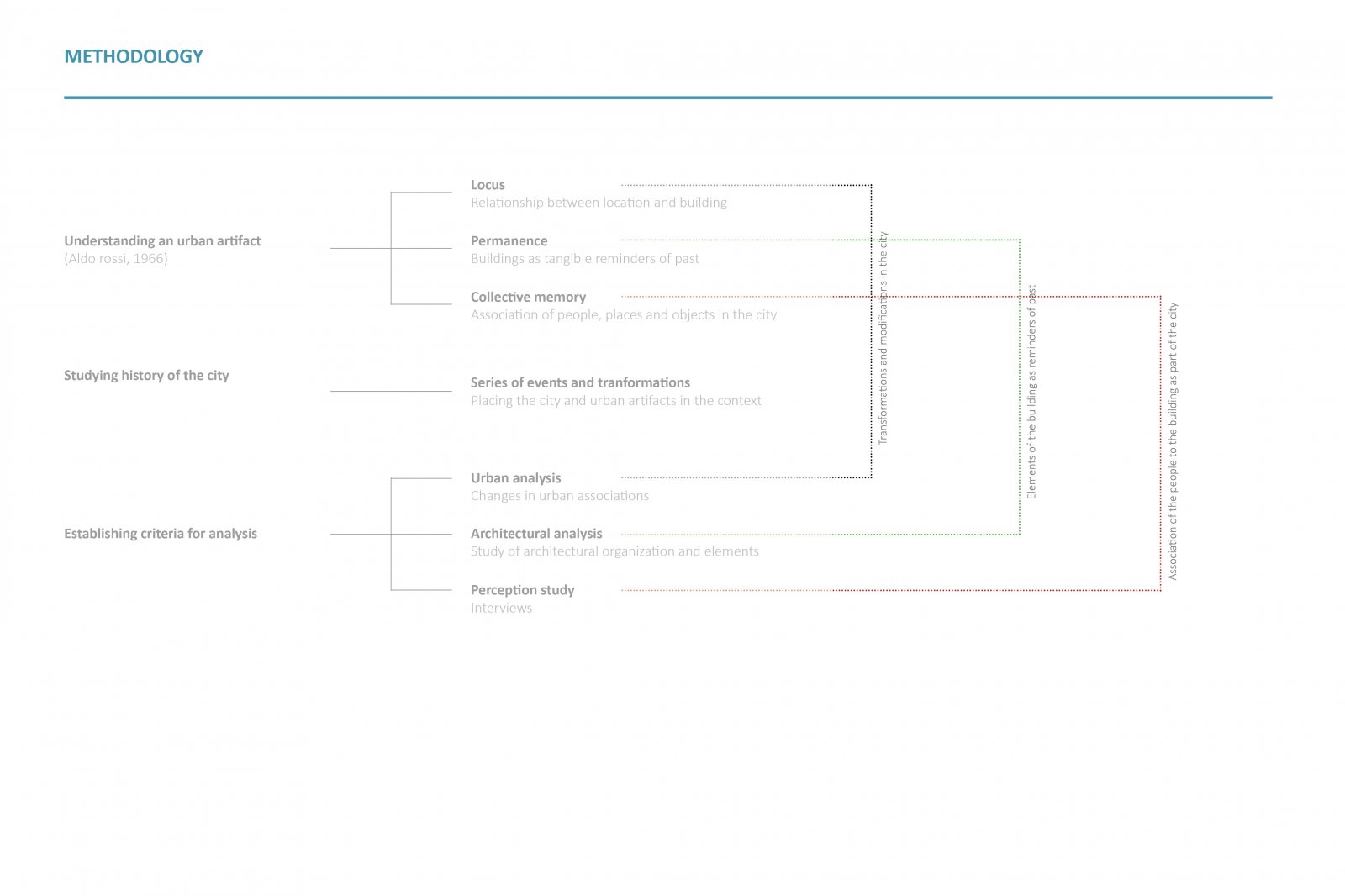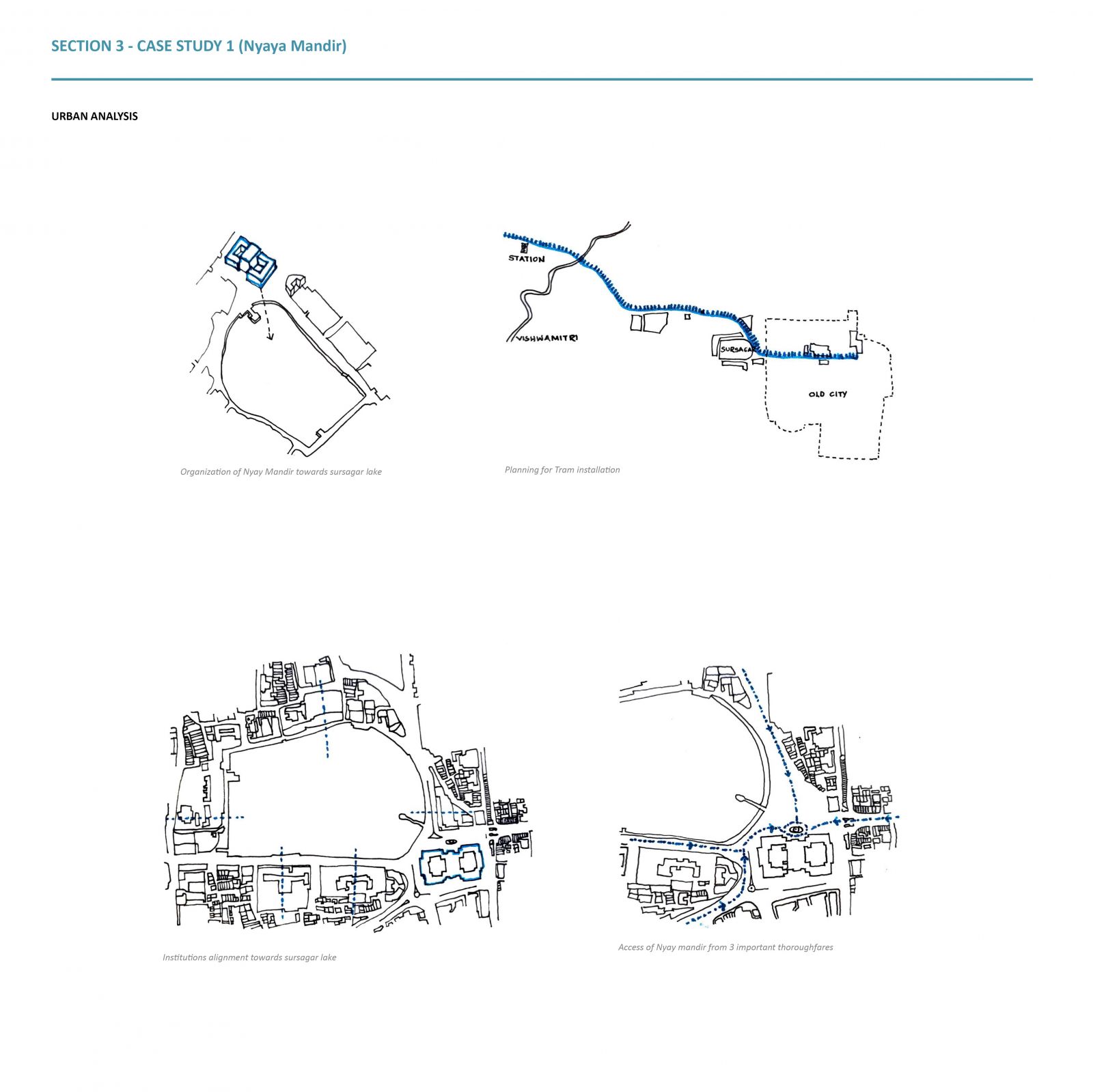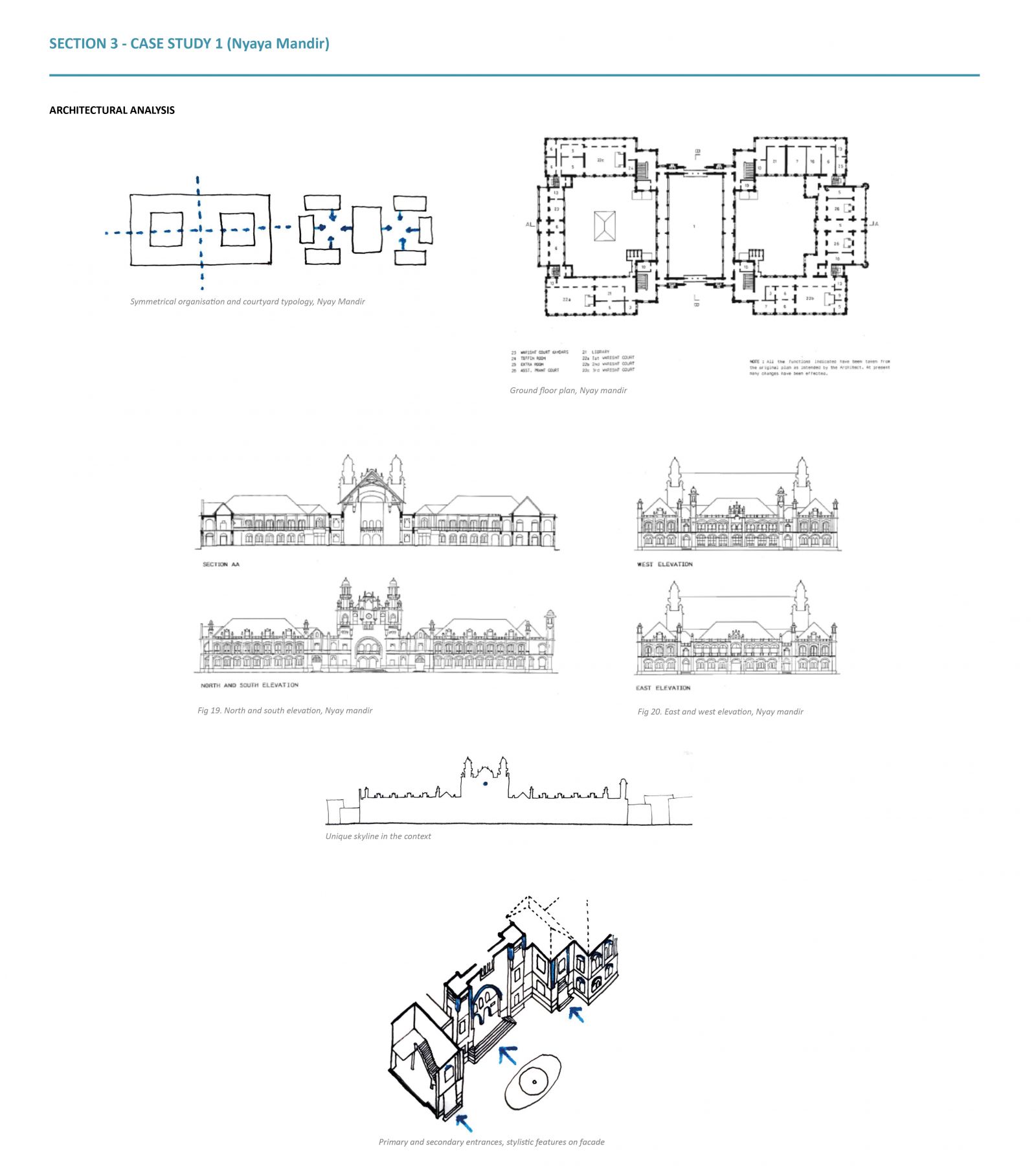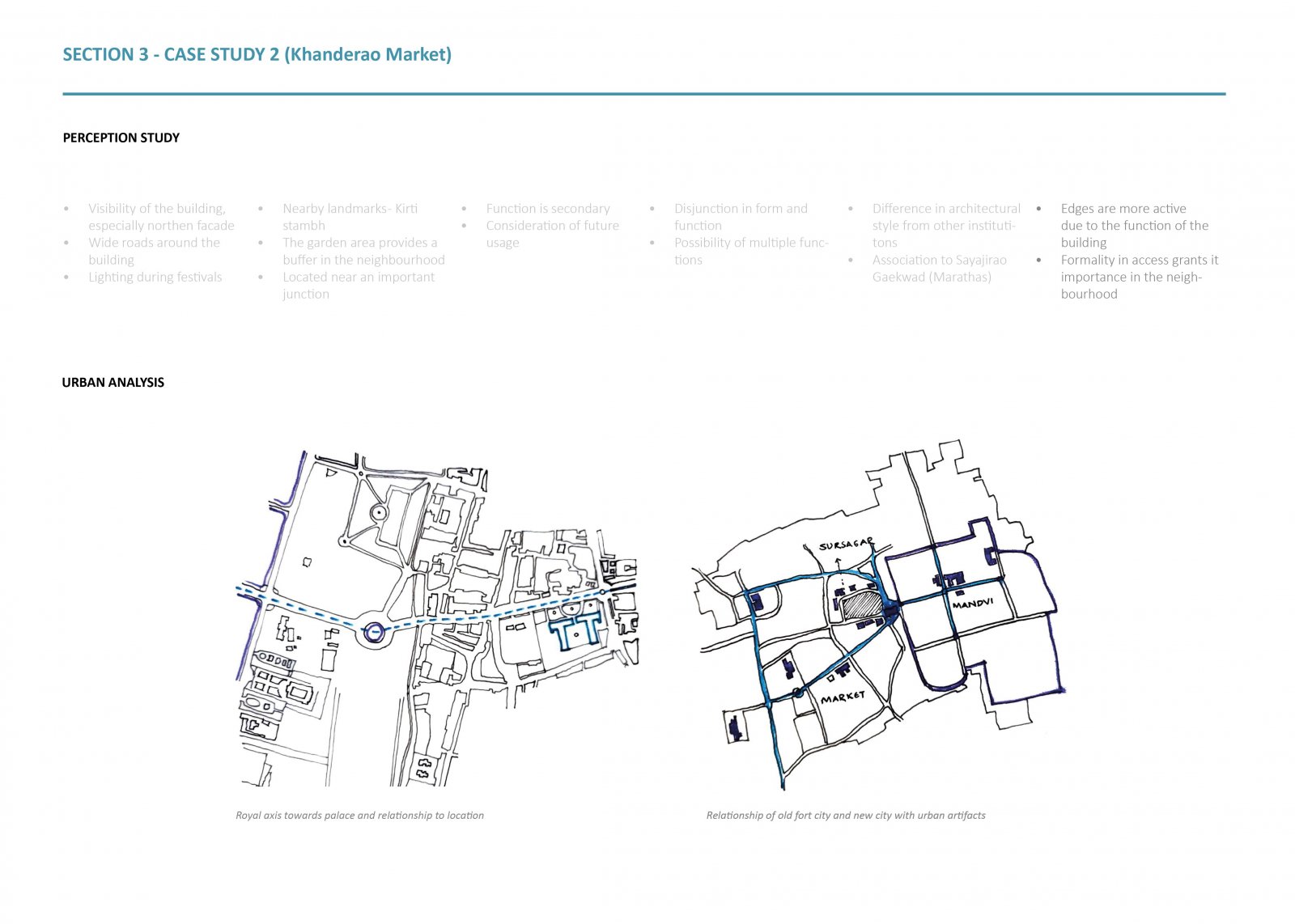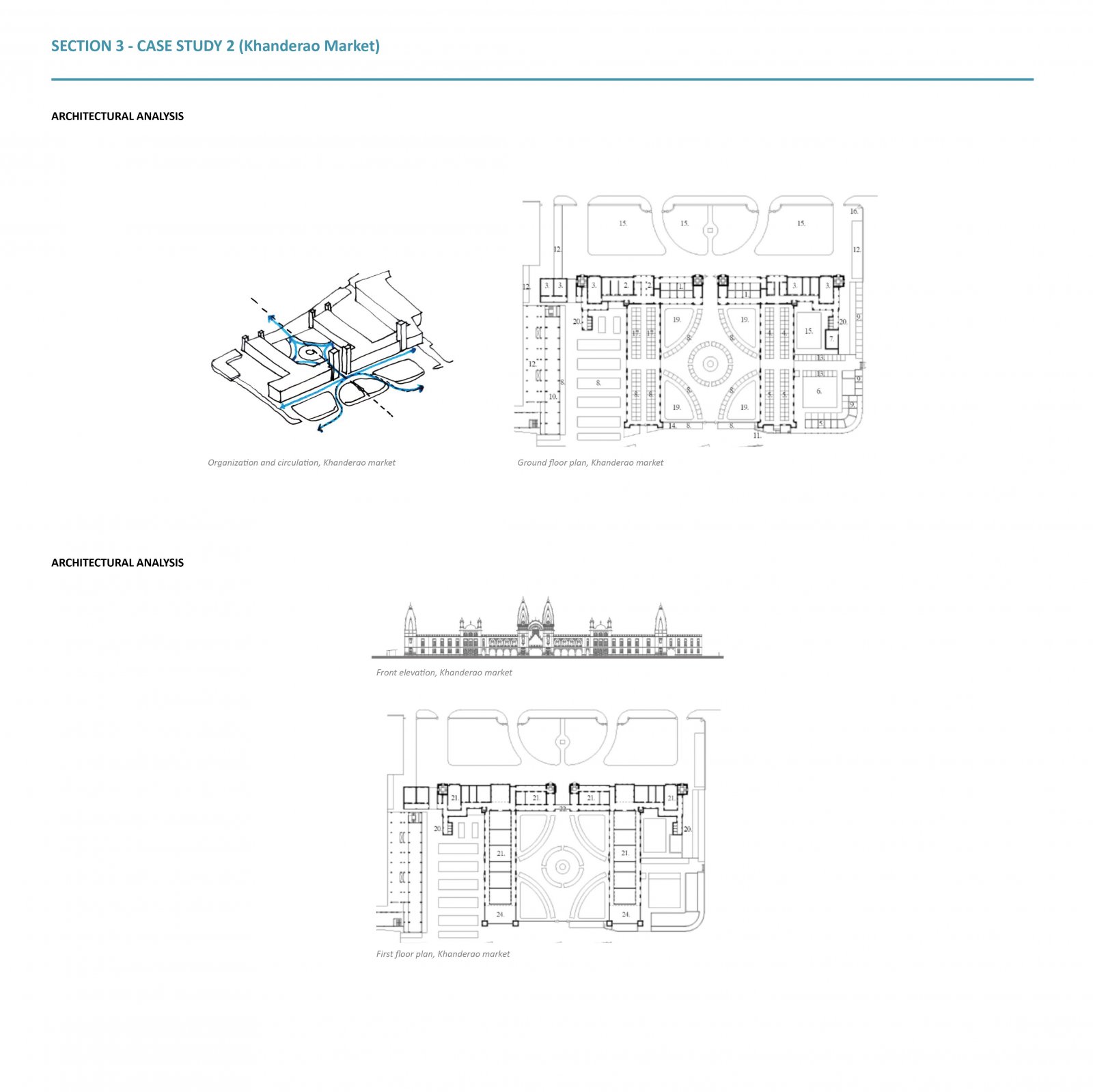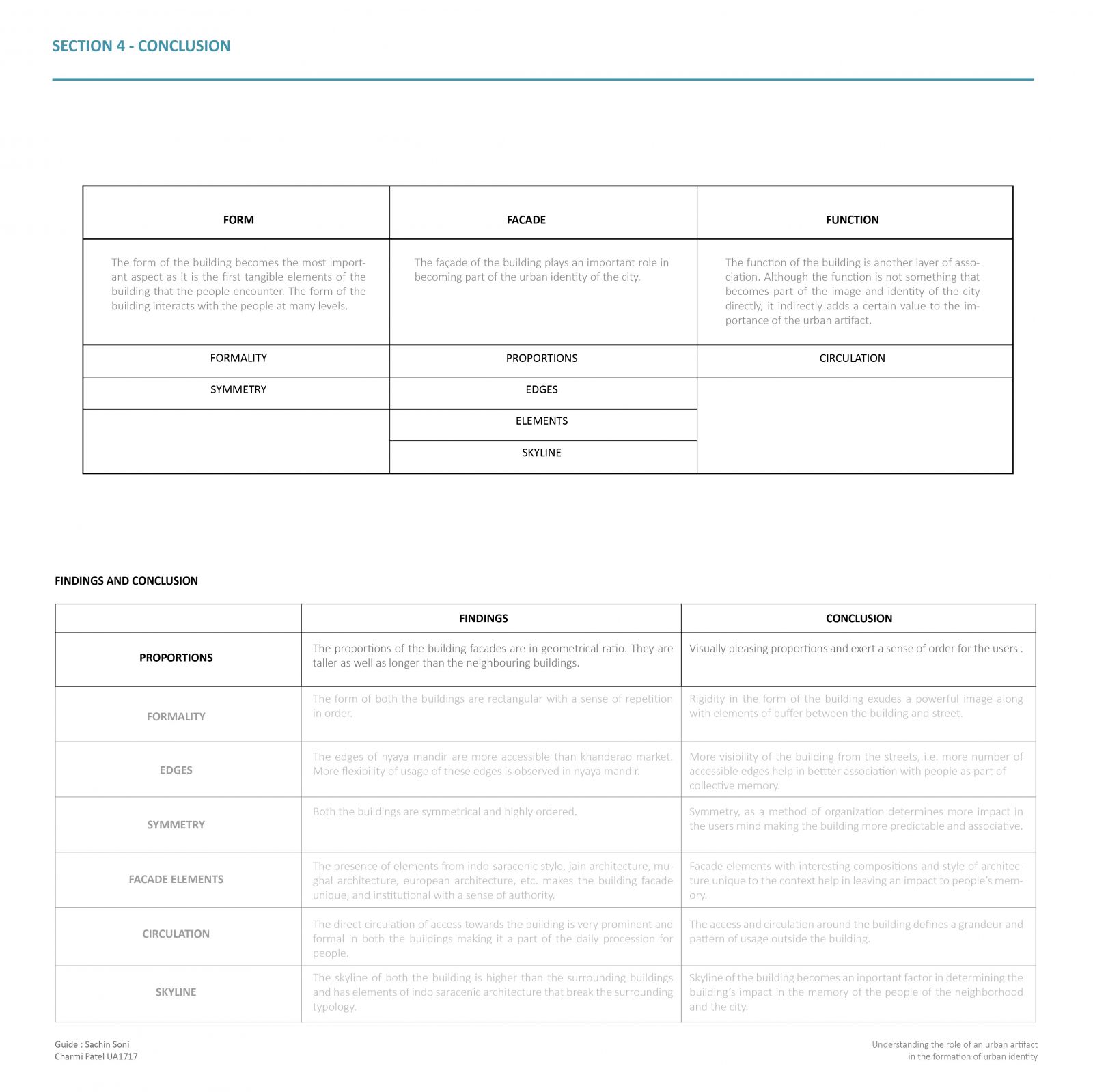Your browser is out-of-date!
For a richer surfing experience on our website, please update your browser. Update my browser now!
For a richer surfing experience on our website, please update your browser. Update my browser now!
With the advent of globalization, the idea of identity has become more uncommon, fragile, and undeniably more important. Given the impor?tance of displacement in contemporary life and the fast advancement of technology, understanding the relationships and values that define people and their environments in a variety of ways is becoming increas?ingly crucial. Today, the identity of a city lingers towards the traditional city as much as the generic city (Christine Boyer, 1994). Architecture, being the most tangible form of this identity as an expression of experi?ence, past and life of the city, that persists through time and space, can be described as an urban artifact. Urban Artifact, as described by Rossi, is an element that gives momentum towards the urbanization of the city and projects an identity of the city. It proposes a new perspective towards relation of architecture and urban identity of a city as a study of collective memory, history, form, geographical, social and political influence in the evolution of a city. A city, thus, can be seen as a gi?gantic man-made object that defines the quality and uniqueness of an urban artifact. They are superior than any other form of building in the city due to its richness of history. The formation of identity of the city through these urban artifacts help in understanding its participation, engagement and representation of the city and in turn understand the coherence in the identity of the city. The importance of these urban artifacts, hence, need to be questioned in terms of its relevance to the identity of the city in today’s times.
